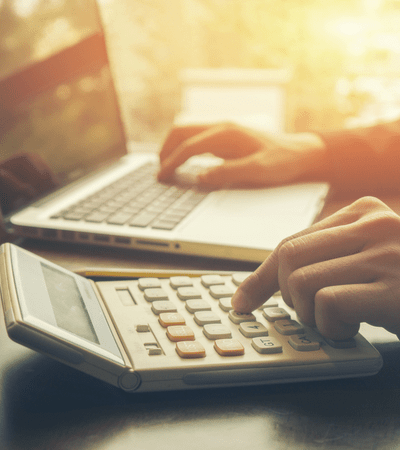Bond yield, how does this work?
Bonds are considered relatively safe investments, but what can you expect in terms of return? Return and risk always go hand in hand. A higher risk often has a higher return, and vice versa. The return on bonds is therefore often lower than on shares, for example. To know more about the return on bonds, the concept of ‘effective return’ is very important.
In this article you can read more about the yield of bonds, what it consists of and how you can calculate the effective yield.
The effective yield on bonds
When investing in bonds, it is important to understand what effective yield exactly means. It is also useful to know how to calculate it. In this article, we will take you through this principle step by step.
When a bond is issued, it has a nominal value of 100 percent. This value almost never remains at the same 100 percent during the term of the bond. A bond can increase in value, for example to 103 percent, or decrease in value, for example to 98 percent. For this reason, not only the interest that is provided on a bond is important, but also the effective yield that applies to the security. You calculate this effective yield roughly by adding the interest that you receive during the term of the bond to the price gain or loss of the bond.
Let us walk you through a specific situation using an example. Suppose you want to calculate the effective yield of a government bond from 2017, which has a (coupon) interest rate of 4 percent. The bond, with a nominal value of 1,000 euros, has a term of 5 years and therefore ends in the year 2022. On the stock exchange, this bond is listed for 105 percent in 2020.
In this case, if you buy the bond in 2020, you will pay 1,050 euros for it. In 2022, you will receive 1,000 euros in return. You would therefore make a loss. Depending on the time of year that you buy this bond, you will also receive 2 or 3 times 40 euros in interest. If you compare that to the costs of the bond, you will end up with a net interest of 20 to 60 euros. Due to the low, persistent savings interest rates, these returns can be an interesting alternative. Certainly if you use money that you do not think you will need for longer periods.
Bond yield: calculating the effective yield
The simplest method to calculate the correct return is by using a spreadsheet. In that spreadsheet you process the following calculation formula:
effective yield = coupon yield + annual price result
This is indeed the effective yield for the entire term of the bond. The accuracy of the final result is further increased by dividing the remaining number of days of the term of the bond by the total term. When exactly a bond expires can be found in various specialized online and paper investment publications.

Bond yield, a fairly safe investment
Investing in bonds is generally a fairly safe way to invest. Provided you do not lose sight of the creditworthiness of the party to which you lend your money. Read more about safe bonds .
Bonds are therefore regularly used as a savings pot with which pensions to be received in the future are supplemented. This is done according to a so-called roof tile construction. In that case, the future pensioner buys new bonds every year from the age of 60 with a term of, for example, 5 or 10 years.
At the time the investor retires, he receives the first repayment of his nominal investment, while interest is still paid on the bonds of the remaining years. Of course, the pensioner can also immediately invest the returned nominal amount in new long-term bonds, but then he will only be able to profit from the interest income during the term, because the money is then tied up for a certain number of years. The only escape clause in this approach is the interim sale of bonds .
Compare brokers and start investing in bonds
Are you excited about investing in bonds after reading this article? Check out brokers that offer bonds and find the broker that suits you best!